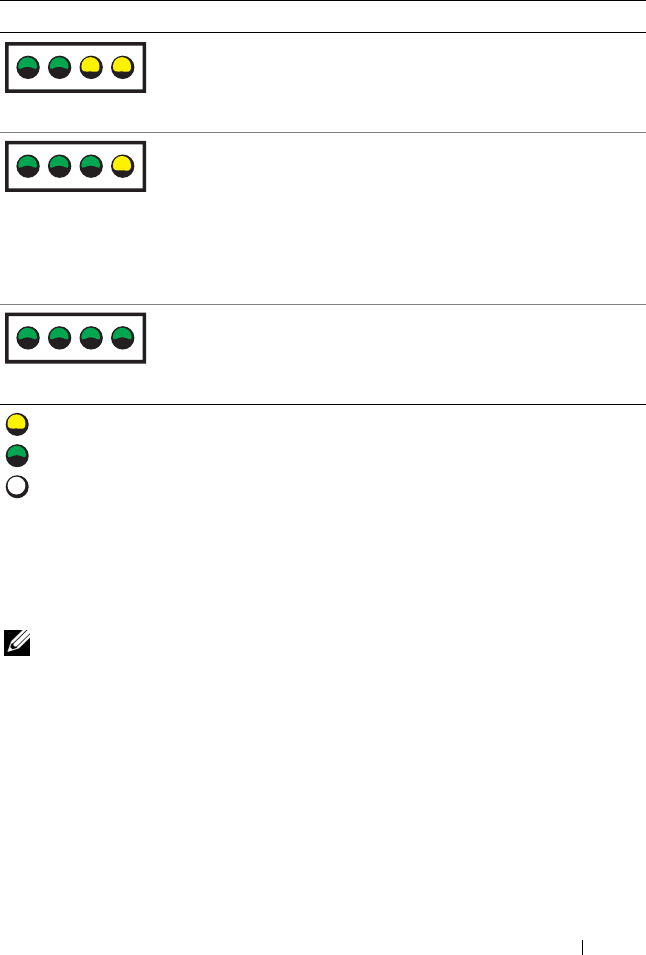User's Manual
Table Of Contents
- Contents
- About Your System
- Using the System Setup Program
- Installing System Components
- Recommended Tools
- Inside the System
- Opening and Closing the System
- Cooling Shroud
- System Battery
- Optical Drive
- Configuring the Boot Drive
- Hard Drives
- Installing a SAS Controller Card
- Fan Assembly
- Optional PCI Fan Assembly
- Power Supply
- Expansion Cards
- Riser Card
- System Memory
- Processor
- Control Panel Assembly (Service-Only Procedure)
- System Board (Service-Only Procedure)
- Troubleshooting Your System
- Safety First-For You and Your System
- Start-Up Routine
- Checking the Equipment
- Responding to a Systems Management Software Alert Message
- Troubleshooting a Wet System
- Troubleshooting a Damaged System
- Troubleshooting the System Battery
- Troubleshooting the Power Supply
- Troubleshooting System Cooling Problems
- Troubleshooting System Memory
- Troubleshooting an Optical Drive
- Troubleshooting a Hard Drive
- Troubleshooting Expansion Cards
- Troubleshooting the Microprocessor
- Running the System Diagnostics
- Jumpers and Connectors
- Getting Help
- Glossary
- Index

About Your System 31
System Beep Codes
If an error that cannot be reported on the screen occurs during POST, the
system may emit a series of beeps that identifies the problem.
NOTE: If the system boots without a keyboard, mouse, or monitor attached, the
system does not issue beep codes related to those peripherals.
If a beep code is emitted, write down the series of beeps and then look it up in
Table 1-6. If you are unable to resolve the problem by looking up the meaning
of the beep code, use system diagnostics to identify the possible cause. If you
are still unable to resolve the problem, see "Getting Help" on page 127.
Possible expansion
card failure.
See "Troubleshooting Expansion
Cards" on page 113.
Other failure. Ensure that the optical drive and
hard drives are properly connected.
See "Troubleshooting Your System"
on page 97 for the appropriate drive
installed in your system.
If the problem persists, see "Getting
Help" on page 127.
The system is in a
normal operating
condition after
POST.
Information only.
Table 1-5. Diagnostic Indicator Codes (continued)
Code Causes Corrective Action
= yellow
= green
= off
A B C D
A B C D
A B C D
book.book Page 31 Thursday, August 30, 2007 3:30 PM










